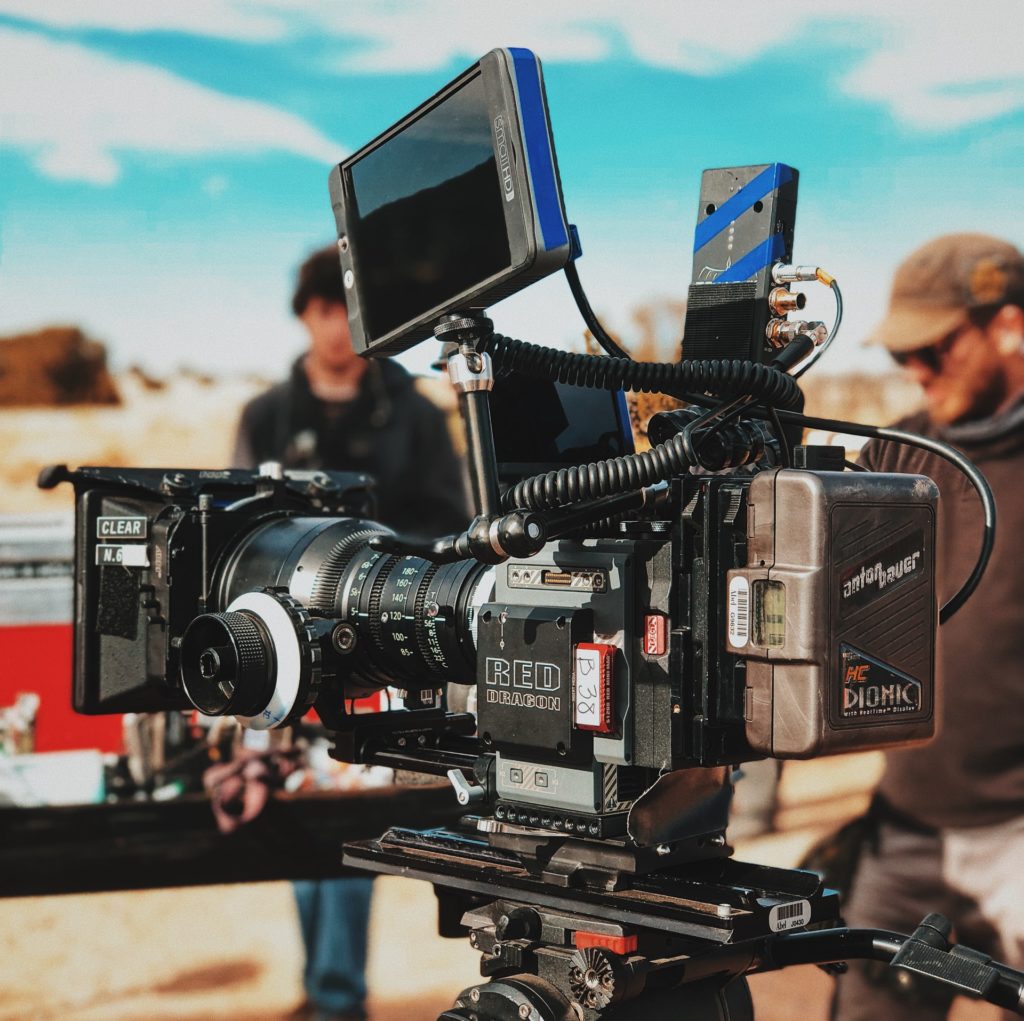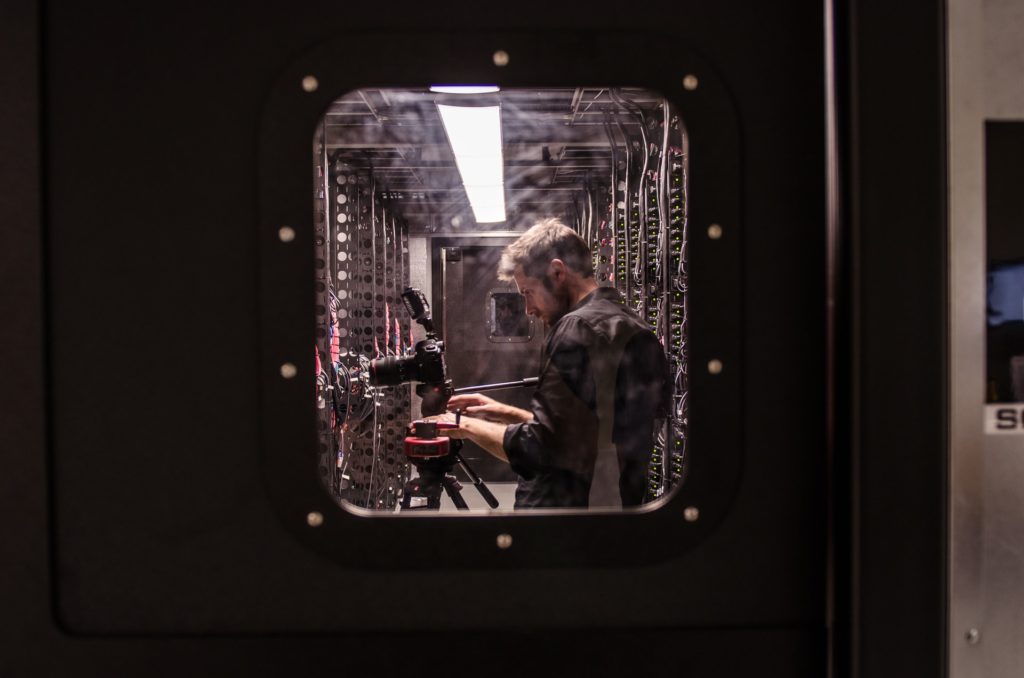8 Levels of Film Budgets and Rates
One of the hardest parts of the pre-production process is the film budget. Funding is always hard, especially when making a movie because you have to ask for money before you’ve made anything. You’re asking people and places to finance on the promise of something great afterward. This is why we’ve broken down the different kinds of budgets and offer some helpful tips on how to budget.
The Student Film
Firstly, let’s start with the kinds of film budgets that SAG outlines. SAG has recently updated its budget scales. The first being the Student Film Budget. The student film is defined as a project that satisfies a course requirement at an accredited educational institution and is shooting entirely in the United States with a budget of less than $35,000 and a run time of fewer than 35 minutes.
Student films typically have very low budgets. Often other students work for free, for course credit, or as favors to friends. Many are also funded by film grants from the institutions and students can take advantage of software and equipment, like a 3 point lighting set up, that is provided by the school.
Short Project

Next on the SAG low budget scale is the short project. This is projects that are shooting entirely in the United States with a maximum total budget of $50,000 and a maximum total run time of 40 minutes. The short film budget can be hard to craft. It’s all about getting the most production value for your money, which will help set it apart from student films and other projects.
Most budget film cameras are going to run around or under 1,000 dollars, and budgeting is all about finding balance. Maybe it’s worth it to spend more on a good camera if you can get some friends to do hair and makeup as a favor.
Ultra-Low Budget
Next up is the SAG the Ultra Low Budget Project. This is a project that films entirely in the United States with a maximum budget of $300,000. This film budget format is one of the ones SAG modified in its low budget rates. In this updated category, projects must be non-episodic and producers will no longer have to declare their intended exhibition market and residuals will be based on the initial release of the project.
Moderate Low Budget

Then there is the Moderate Low Budget Project. With this category we have moved away from low budget films and into medium budget films. This is a new film budget breakdown for SAG and includes projects shooting entirely in the United States with a total budget of less than $700,000.
Theatrical
SAG also outlines budgets for theatrical productions. Its theatrical budget encompasses projects that shoot entirely within the United States with a total budget greater than $2,000,000, as well as films shooting outside of the United States. These are some of the more high-end budgets SAG helps fund.
But within theatrical productions, there are also some low budget SAG rates. The Low Budget Theatrical applies to those films shooting entirely within the United States with a total budget of less than $2,000,000.
Micro-Budgets

So that’s how SAG breaks down budgets, but there are so many other kinds of budgets, like the micro-budget. Micro-budget films are usually cost under $396,000 but there is some disagreement around the world about the difference between micro and low budget film financing.
Then there is the elusive No Budget Film, which involves some equipment you already own, or that you can use for free, and some good friends on the film crew list who are willing to work for free. Of course, even this kind of budget will have costs, like crafty and possibly transportation but it is possible to go No Budget.
Or if you’re a penny pitcher, a crafty-budget might be for you. Take your idea and write as many grant proposals as you can and enter all of the funding contests.
There is some real untapped funding in grants and contests. Of course, there isn’t a movie magic budgeting that will be perfect for your film. But that doesn’t mean it can’t be done.
You don’t need a big budget.

The first step is making a really killer budget. The best thing to do is to get some good film budgeting and scheduling software. The most important part of budgeting is organization. You can also follow some pre-made film budget templates.
Templates and film budgeting software will help make your budget readable and up to industry standard, then you can start sending it to low budget film studios and start to gather financing, but it starts with organization.
And no one is saying you need a big budget to make a good movie, or to make money from your movie. Some of the best examples of low budget films that made millions come from the horror genre, horror movies like The Evil Dead and The Blair Witch Project. But outside of horror, low budgets can still make bank. Films like Napoleon Dynamite, Juno, and Little Miss Sunshine also had low budgets and have become classics.
Budgeting can be hard but it’s important to be organized, understand the different kinds of budgets, and know that you don’t need a big budget to make something great. Good luck!